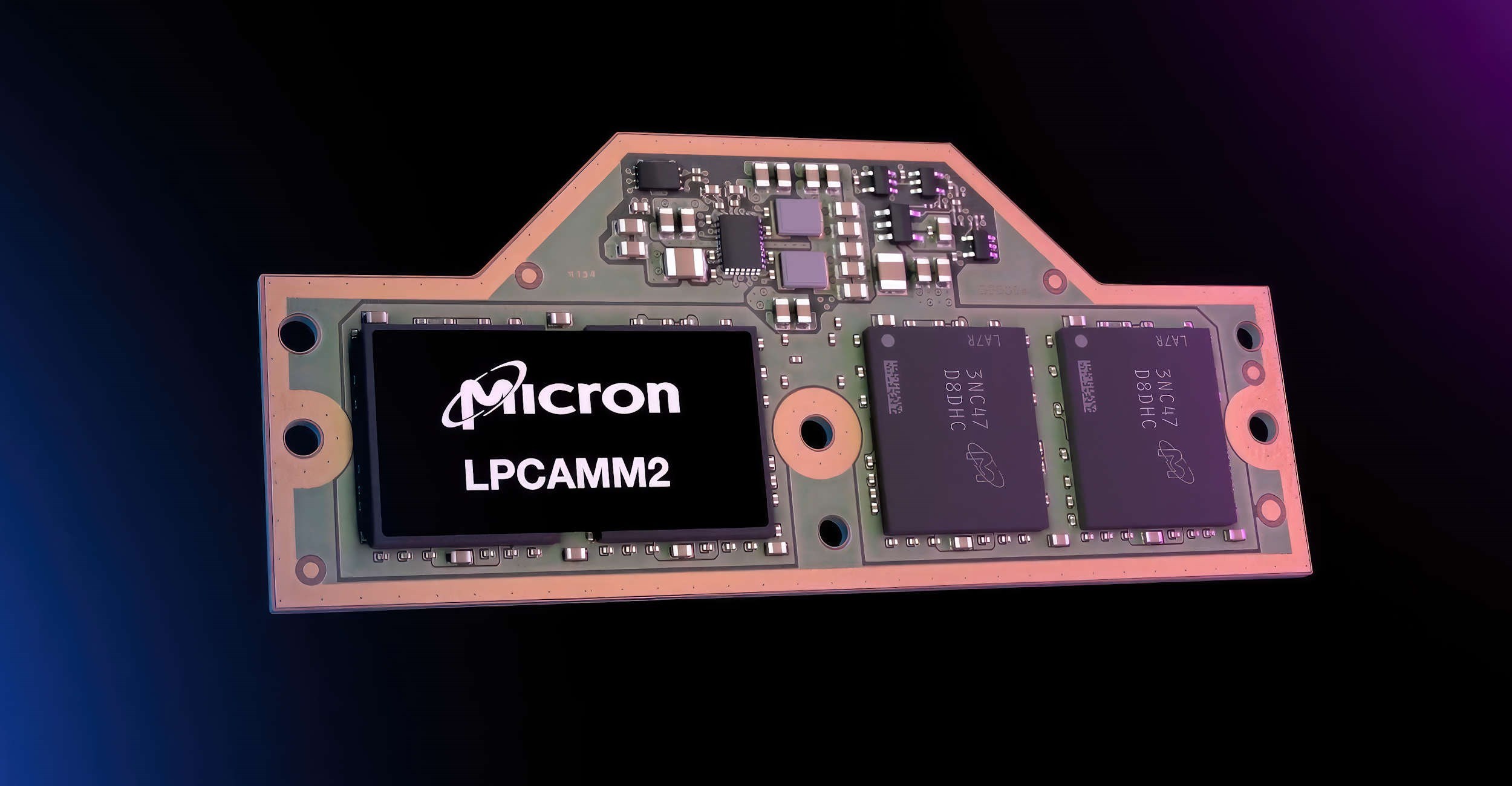The Future of RAM: DDR5, CAMM2, and Beyond

PC memory is changing faster than it has in over a decade. Just a few years ago, most gaming PCs were built around DDR4, but now DDR5 has firmly taken over the mainstream. At the same time, a brand-new format called CAMM2 is starting to appear, promising faster speeds, smaller footprints, and better efficiency for both laptops and desktops.
So what does this all mean for the future of gaming PCs? Let’s take a closer look at how memory technology is evolving and where it’s heading next.
DDR5: Still Maturing, Still Improving
DDR5 has been around since late 2021, but it’s only recently that prices and performance have stabilised enough to make it the clear choice for new builds. Early kits offered modest gains over DDR4, but modern DDR5 memory now delivers significantly higher speeds and efficiency.
- Typical Speeds: Most gaming DDR5 kits today run between 5600 MHz and 7200 MHz, with enthusiast kits hitting 8000 MHz or more.
- Increased Bandwidth: DDR5 doubles the number of data channels per module, improving parallel access to memory.
- Lower Power Draw: At 1.1 volts, DDR5 is more efficient than DDR4’s 1.2 volts, which helps with thermals and power stability.
- Built-In Power Management: DDR5 moves power regulation from the motherboard to the module itself, allowing for more consistent voltage control.
For gaming, DDR5’s higher frequency improves minimum frame rates and helps feed modern CPUs like the Ryzen 9000 and Intel Ultra series. The gains aren’t huge in every title, but they make a noticeable difference in simulation-heavy or CPU-bound games such as Cities: Skylines II and Starfield.
CAMM2: The Future Form Factor
CAMM2 (Compression Attached Memory Module 2) is a new physical memory format originally developed for laptops but now being tested in desktops. Instead of the traditional DIMM slots used for DDR modules, CAMM2 modules attach flat to the motherboard using a compression connector.
This design has several major advantages:
- Higher Density: CAMM2 can fit more memory into smaller spaces, which is perfect for compact PCs and high-end gaming laptops.
- Better Signal Integrity: The shorter electrical pathways reduce interference and allow higher data rates with lower latency.
- Lower Profile: Without tall DIMM sticks, motherboard layout becomes more flexible and cooling airflow can improve.
- Dual-Channel in One Module: A single CAMM2 can replace two standard DIMMs, simplifying installation.
The biggest advantage, however, is future-proofing. JEDEC (the standards body that defines memory specifications) has confirmed that CAMM2 will support both DDR5 and DDR6, meaning this new design could be the long-term replacement for the bulky DIMM standard we’ve used for nearly 30 years.
DDR6 on the Horizon
While DDR5 continues to improve, DDR6 development is already underway. The next generation of memory will push speeds well beyond 10,000 MHz and offer even higher efficiency.
DDR6 is expected to double data rates again while reducing latency, though it will also require new motherboards and CPUs that can handle the extra bandwidth. For gamers, that will likely mean faster load times, smoother streaming of assets, and less stutter in massive open-world titles.
However, DDR6 will take time to reach the mainstream. The first chips are expected to appear in 2026 or 2027, and pricing will follow the familiar pattern: high at launch, dropping as production scales.
How These Changes Affect Gaming PCs
The transition to new memory technology isn’t just about higher benchmark scores. It changes how the entire system behaves:
- Better Frame Consistency: Higher bandwidth and lower latency mean more stable frame times in CPU-heavy games.
- Faster Loading and Asset Streaming: With DirectStorage becoming standard, RAM performance plays a larger role in how quickly textures and assets load.
- Smaller and Cooler PCs: CAMM2’s compact design could allow for smaller gaming desktops without thermal trade-offs.
- Improved Overclocking: DDR5 and CAMM2 modules are becoming more stable at extreme speeds, giving enthusiasts more tuning headroom.
In short, the future of PC memory is not just faster—it’s smarter, cooler, and more flexible.
Should You Wait or Upgrade Now?
If you are building a gaming PC today, DDR5 is the clear choice. DDR4 prices have risen as major manufacturers phase out production, and the performance gap continues to widen.
CAMM2 is exciting but still rare, and no mainstream desktop motherboards fully support it yet. It will take at least another year before it becomes a common option.
In the meantime, a solid DDR5 kit around 6000 MHz with low latency (CL30–CL36) is ideal for most gaming rigs. It provides excellent performance, great compatibility, and ensures your system is ready for next-generation CPUs.
Final Thoughts
The shift from DDR5 to CAMM2 and eventually DDR6 represents one of the biggest leaps in PC memory design in decades. For gamers, it means more performance headroom and better efficiency without major sacrifices.
While you don’t need to rush out and replace your RAM, understanding these developments will help you plan your next upgrade. When CAMM2 motherboards finally arrive, expect faster speeds, cleaner system layouts, and the next generation of truly efficient gaming PCs.
Tarl @ Gamertech

